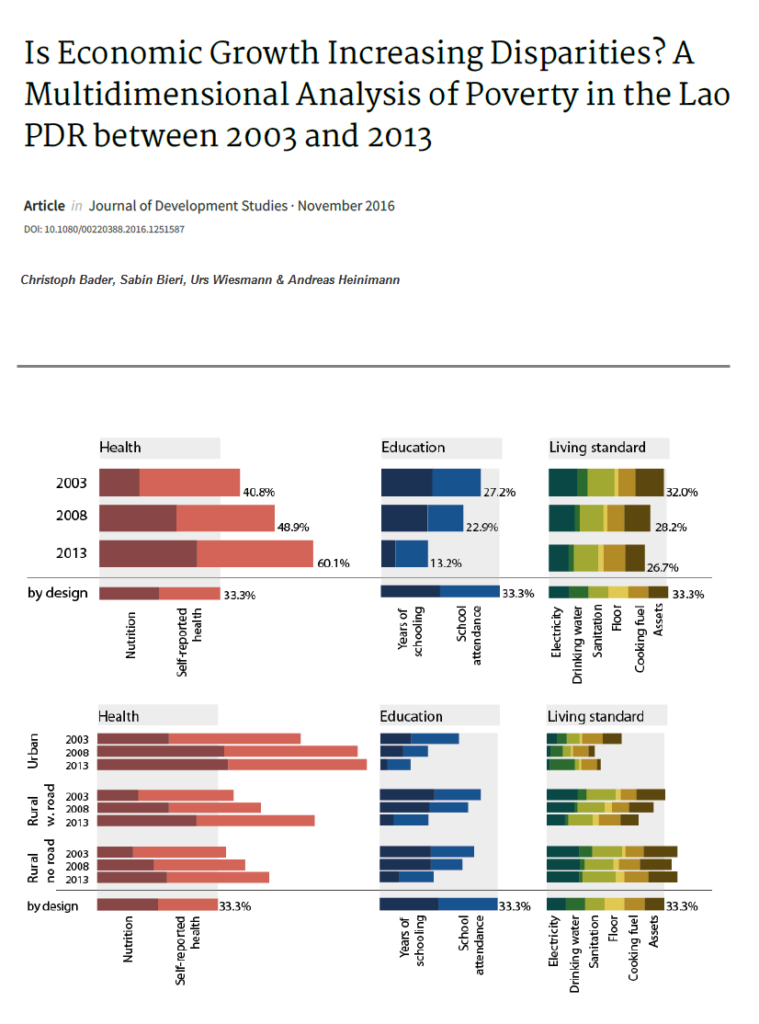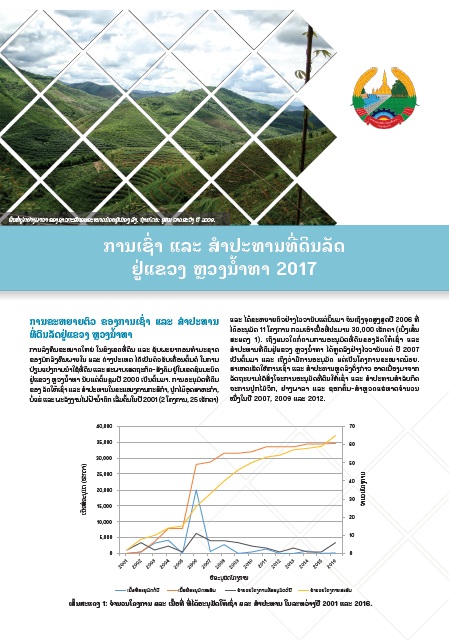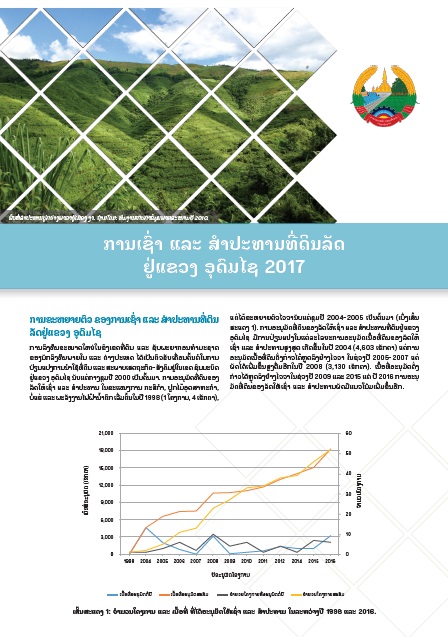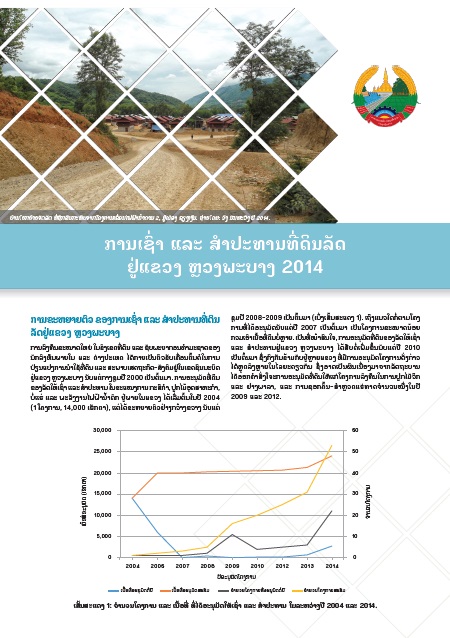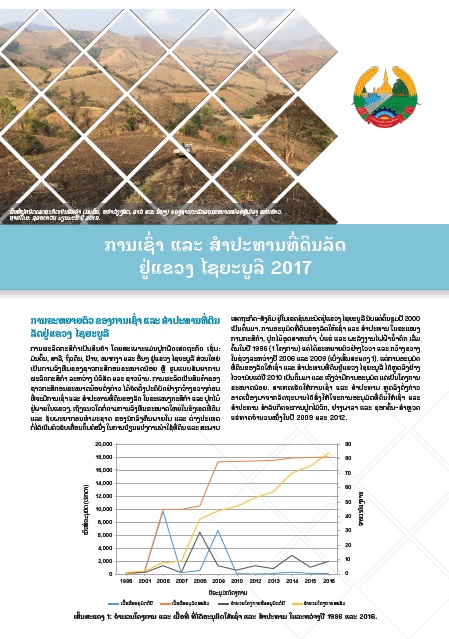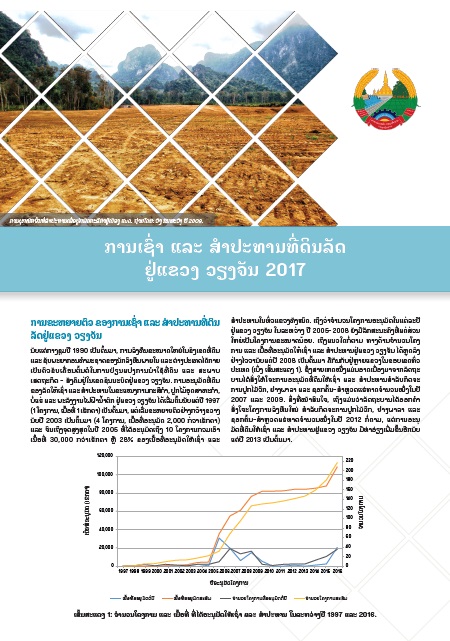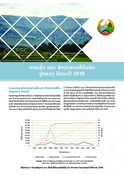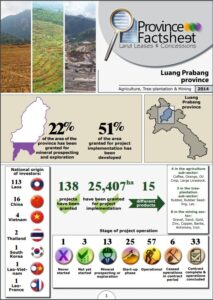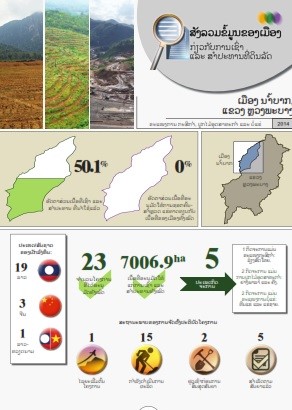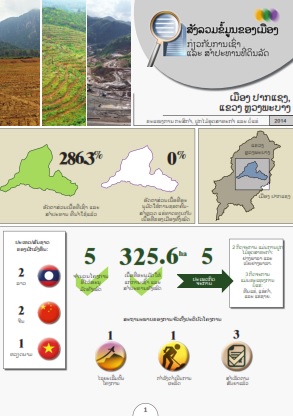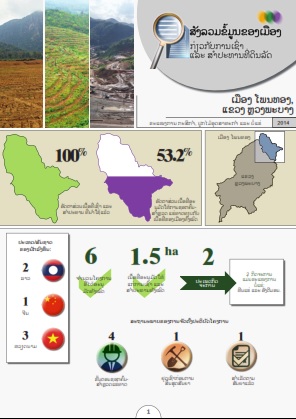Cookie Data
A cookie is a small piece of data that a website asks your browser to store on your computer or mobile device in order to remember your preferences or actions over time.
We use essential and analytical cookies to make our website operational, save visitor preferences and collect analytical data. See the respective cookie sections above for more information.
Managing Cookies
When you visit our website for the first time with a device or web browser never used before, you will be prompted by a cookie banner to accept or refuse our cookies. Your preferences will be saved accordingly. You can enable or disable your Cookie Settings on our website at anytime via Cookie Settings.
You can also delete all cookies by clearing the browsing history of your browser. This will remove all cookies from all websites you have visited. Be aware that you may also lose saved information (e.g. saved login details of websites, site preferences etc.). For more detailed administration of site-specific cookies, check the data privacy and cookie settings in your preferred browser.
If you would like to see which cookies are created when you visit our website, you can either install a dedicated cookie-management browser plug-in or use the browser’s developer console.
Policy Updates
We may update our Cookie Policy from time to time in order to reflect e.g. changes within the cookies we use or for other operational, legal or regulatory reasons. In such cases, you would be asked to renew your cookie consent again on our website.
Contact
If you have any questions about this Cookie Policy or how we treat your data, please contact us at info@k4d.la.











